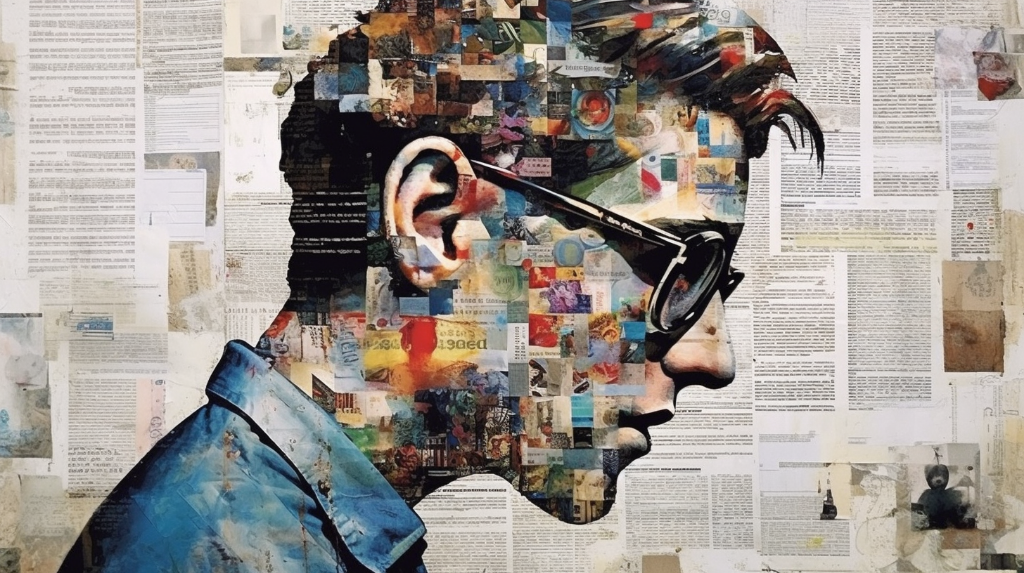Become an Artist for Hire: Your Path to Creative Success

Embarking on the journey of becoming a successful artist for hire can feel like stepping into a vast, exciting, yet somewhat intimidating world. Artistry offers a unique path where creativity and passion can merge into a rewarding career. However, this path is not without its challenges. This blog post is designed for budding artists who dream of turning their creative passion into a career. We will explore the ins and outs of being a freelance artist, discussing the possible hurdles and highlighting the rewarding aspects. So, are you ready to embark on this exciting journey?

Understanding the Role of a Freelance Artist
An artist for hire, or a freelance artist, is a professional who offers their artistic services on a contract basis. They work across a diverse range of industries, including advertising, publishing, entertainment, and more. As a freelance artist, you have the freedom to choose the projects you work on, enabling you to craft a career that aligns with your creative passions. However, with this freedom comes the responsibility of sourcing your own work and managing various business aspects.
Being a freelance artist is not just about creating art—it’s about finding the right clients, understanding their needs, and producing work that meets their expectations. It’s a role that offers incredible flexibility but also demands a high level of adaptability and creativity.
The Pros and Cons of Being an Artist for Hire
Like any career, being an artist for hire comes with its own set of benefits and challenges. On the plus side, the creative freedom and flexibility are unparalleled. You can choose the projects that resonate with your artistic style, work from anywhere, and set your own hours. Furthermore, the potential for income can be significant if you’re able to establish a solid client base.
On the flip side, work can sometimes be inconsistent, and managing the business side of things—like invoicing, taxes, and marketing—can be daunting if you’re new to it. Moreover, dealing with client feedback, especially when it’s critical, can be challenging. But remember, every piece of feedback is an opportunity for growth and improvement.
Essential Skills for a Freelance Artist
Being a successful freelance artist requires more than just talent and technical skills. You also need strong business acumen. This includes excellent communication skills to interact effectively with clients, marketing skills to promote your services, and negotiation skills to secure fair payment for your work.
Moreover, time-management and organization skills are crucial for meeting deadlines and juggling multiple projects. Lastly, resilience and persistence are key in overcoming the inevitable challenges and rejections that come with the freelance territory. Remember, every successful artist has faced and overcome these hurdles—so can you!
Building Your Artistic Portfolio
One of the most crucial steps on your journey to becoming a successful artist for hire is creating a compelling portfolio. This is your chance to showcase your work and demonstrate your skills to potential clients. It’s not just about showing what you can do, but also about showing who you are as an artist. Your portfolio is a reflection of your style, your passions, and your unique perspective.
Selecting Your Best Work
When building your portfolio, remember that quality trumps quantity. Instead of trying to include as many pieces as possible, focus on selecting your best work. Showcase pieces that demonstrate your versatility and range, but also ensure that the work is relevant to your ideal clients. What types of projects do you want to take on? What industries are your target clients in? Make sure your portfolio speaks to them.
Don’t be afraid to showcase different styles or mediums if you’re proficient in them. This versatility can be a selling point, showing potential clients that you’re not a one-trick pony.
Presenting Your Portfolio
Once you have selected your best work, think about how you will present it. Both digital and physical presentations have their place, and it’s important to consider the preferences of your potential clients.
For digital portfolios, ensure that your work is displayed clearly, with high-quality images. Consider the user experience – is your portfolio easy to navigate? Does it load quickly? Remember, this is not just a showcase of your work, but also an example of your professionalism.
For physical portfolios, quality printing and presentation are key. Can the viewer easily flip through the pages? Are the images clear and well-reproduced? Much like a digital portfolio, a physical one should tell a story about you as an artist. Arrange your work in a way that makes sense, perhaps chronologically or thematically, to guide the viewer through your artistic journey.
Marketing Yourself as an Artist
With a strong portfolio in place, it’s time to think about marketing. As a freelance artist, you’re not just offering a service; you’re selling a brand. That brand is you. Marketing your work effectively involves building a strong personal brand, networking with potential clients and other artists, and leveraging social media to reach a wider audience.
Think about what sets you apart from other artists. What is your unique selling point? Once you’ve identified this, make sure it’s reflected in all your marketing efforts, from your social media profiles to your business cards.
| Marketing Strategy | Tool |
|---|---|
| Personal Branding | Website, Business Cards |
| Networking | Industry Events, Online Forums |
| Social Media Marketing | Instagram, Facebook, LinkedIn |
| Email Marketing | Newsletter, Blog |
| Content Marketing | Blog, YouTube, Podcast |
Securing Freelance Art Jobs
As a freelance artist, it’s crucial to know where and how to find work. Where are your potential clients, and how can you reach out to them? There are various platforms available where you can showcase your talent and get noticed. It’s also important to actively reach out to potential clients and make use of your existing networks. Remember, it’s not just about creating beautiful art, but also about marketing it effectively.
So, where can you find these opportunities?
(A list of platforms where freelance artists can find work)
- Behance
- ArtStation
- Dribbble
- Etsy
- Fiverr
- Upwork
- Freelancer
- Guru
- 99designs
- DeviantArt
Setting Your Rates and Negotiating
One of the most challenging aspects of being a freelance artist can be setting your rates. How much should you charge for your work? It’s a question that can cause a great deal of anxiety, but it’s important to remember that your skill and time are valuable. You should not undersell yourself.
When setting your rates, consider the time, effort, and resources that go into each piece of work. Also, take into account your level of experience and the going rate in the market. And remember: negotiation is a part of the process. Don’t be afraid to stand up for the value of your work.
Managing Client Relationships
As a freelance artist, managing client relationships is crucial. Good communication and professionalism can go a long way in ensuring a successful project. It’s important to set clear expectations from the start, provide regular updates, and be responsive to feedback.
But what if a client is unhappy with your work? It can be a tough situation to navigate. First and foremost, listen to their concerns. Try to understand their perspective and work towards a solution that satisfies both parties. Remember, a successful freelance career is built on repeat clients and referrals.

Growing Your Freelance Art Business
As a freelance artist, it’s essential to think of your art as a business. This means constantly seeking ways to expand your client base, increase your income, and diversify your offerings. But how can one achieve such growth?
There are several strategies that can help you grow your freelance art business. Let’s explore some of them:
- Improving Skills: Continuous learning and improvement of your artistic skills can open up new opportunities. Enroll in workshops, attend webinars, or take online classes to refine your artistry.
- Exploring New Markets: Don’t limit yourself to a specific niche or market. Explore other industries that might need your artistic skills. This diversification can lead to an expanded client base and increased income.
- Raising Rates: As your skills and experience grow, so should your rates. Don’t be afraid to charge what your art is worth.
- Networking: Building relationships with other artists and professionals in your industry can lead to collaborations, referrals, and new opportunities. Attend industry events, join online forums, and engage with your peers on social media.
Staying Inspired and Motivated
One of the biggest challenges that freelance artists face is maintaining inspiration and motivation. It’s easy to feel stuck in a rut or overwhelmed by the pressures of being your own boss. So, how can you keep your creative juices flowing?
Here are some tips to stay inspired and motivated as a freelance artist:
- Seek Out New Experiences: New experiences can spark creativity. This could be anything from visiting a new city, trying out a new artistic medium, or simply changing up your daily routine.
- Set Goals: Having clear, achievable goals can provide motivation. Whether it’s landing a particular client, creating a certain piece of work, or reaching a specific income target, goals give you something to strive for.
- Practice Self-Care: It’s easy to neglect self-care when you’re busy running a business. However, taking care of your physical and mental health can boost your energy and motivation.
- Embrace Setbacks: Setbacks are a part of the freelance journey. Instead of getting discouraged, view them as learning opportunities.
Conclusion
Becoming a successful freelance artist requires a balance of artistry, business acumen, and persistence. While the journey may be filled with challenges, the rewards of creative freedom, flexibility, and personal fulfillment make it worthwhile.
Remember, growth takes time. Don’t be discouraged if progress seems slow. Keep refining your craft, exploring new opportunities, and believing in your talent. Your path as a freelance artist awaits you. Are you ready to take the next step?
Get Organized & Win More Clients
Kosmo has everything you need to run your freelancing business.